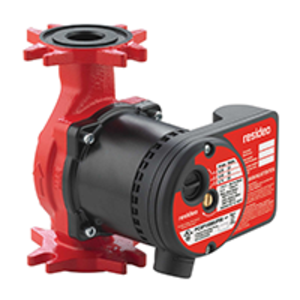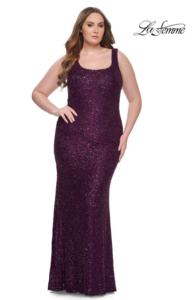
When it comes to efficiently heating and cooling your home, hydronic pumps are a key player. These pumps are an essential component of hydronic heating and cooling systems, which use water to transfer heat or cool air through a building. In this ultimate guide, we’ll explore the ins and outs of hydronic pumps, how they work, and their benefits for your comfort and energy savings.
What Are Hydronic Pumps?
Hydronic pumps are devices that circulate water through a closed-loop system to distribute heat or cool air within a building. They’re commonly used in radiant floor heating, baseboard heating, and other hydronic HVAC systems. Hydronic pumps are designed to be energy-efficient, reliable, and quiet, making them a preferred choice for many homeowners.
How Do Hydronic Pumps Work?
Hydronic pumps work by using an electric motor to circulate water through a network of pipes, radiators, or coils. The water absorbs heat from a heat source, such as a boiler, and then flows through the system to release heat into the surrounding space. In cooling systems, the process is reversed, with the hydronic pump removing heat from indoor air and transferring it outside.
Benefits of Using Hydronic Pumps
-
Energy Efficiency
Hydronic systems are highly energy-efficient, as water is a great conductor of heat. This means that they can provide consistent and even heating or cooling with minimal energy consumption.
-
Quiet Operation
Hydronic pumps operate quietly, making them an ideal choice for maintaining a peaceful and comfortable living environment.
-
Zoning Control
Hydronic systems allow for zoning, which means you can control the temperature of different areas or rooms separately. This leads to greater comfort and energy savings.
-
Durability
Hydronic pumps are built to last. With proper maintenance, they can provide many years of reliable service.
-
Improved Indoor Air Quality
Since hydronic systems don’t rely on blowing air around, they reduce the circulation of dust and allergens, improving indoor air quality.
Types of Hydronic Pumps
There are different types of hydronic pumps designed for specific applications:
Circulator Pumps:
These are commonly used in residential heating and cooling systems to circulate water through the system.
Booster Pumps:
Used to increase water pressure in the system, especially in large or complex installations.
Sump Pumps:
Primarily used to remove excess water from basements or crawl spaces to prevent flooding.
Heat Exchanger Pumps:
Designed to transfer heat between two different fluids, such as in solar water heating systems.
Selecting the Right Hydronic Pump
Choosing the right hydronic pump for your heating or cooling system is crucial for maximizing efficiency. Factors to consider include the pump’s flow rate, head pressure, and compatibility with your specific application. It’s advisable to consult with a professional HVAC technician to ensure you select the best pump for your needs.
Installation and Maintenance
Proper installation and maintenance are essential to ensure the optimal performance and longevity of your hydronic pump. It’s recommended to have a certified technician install and maintain your system to prevent issues and ensure everything runs smoothly.
FAQs (Frequently Asked Questions)
- Can I use hydronic pumps for both heating and cooling in the same system?
Yes, hydronic systems are versatile and can be used for both heating and cooling by simply reversing the flow of water.
- Are hydronic pumps suitable for large commercial buildings?
Yes, hydronic systems are used in a wide range of applications, from residential homes to large commercial buildings.
- How long do hydronic pumps typically last?
With proper maintenance, hydronic pumps can last 15-20 years or even longer.
- Do hydronic systems require a lot of maintenance?
They require minimal maintenance, primarily consisting of regular inspections, ensuring proper water quality, and occasional lubrication.
- Can I install a hydronic system in an existing home?
Yes, hydronic systems can be retrofitted into existing homes, although it may require some modifications to your existing heating or cooling infrastructure.
- Are there any environmental benefits to using hydronic systems?
Yes, hydronic systems are energy-efficient, reducing your carbon footprint and contributing to a greener environment.
- How do I know if my hydronic pump is not functioning correctly?
Signs of a malfunctioning hydronic pump include uneven heating or cooling, strange noises, and increased energy bills.
- Can I upgrade my existing heating system to a hydronic system?
It’s possible to upgrade your existing heating system to a hydronic system, but it may require some adjustments and professional installation.
In conclusion, hydronic pumps play a crucial role in providing efficient heating and cooling for residential and commercial spaces. They offer a range of benefits, including energy efficiency, quiet operation, and zoning control. To ensure you get the most out of your hydronic system, it’s essential to choose the right pump, have it professionally installed, and perform regular maintenance. Whether you’re looking to install a new system or upgrade an existing one, hydronic pumps are a smart choice for a comfortable and energy-efficient home.


